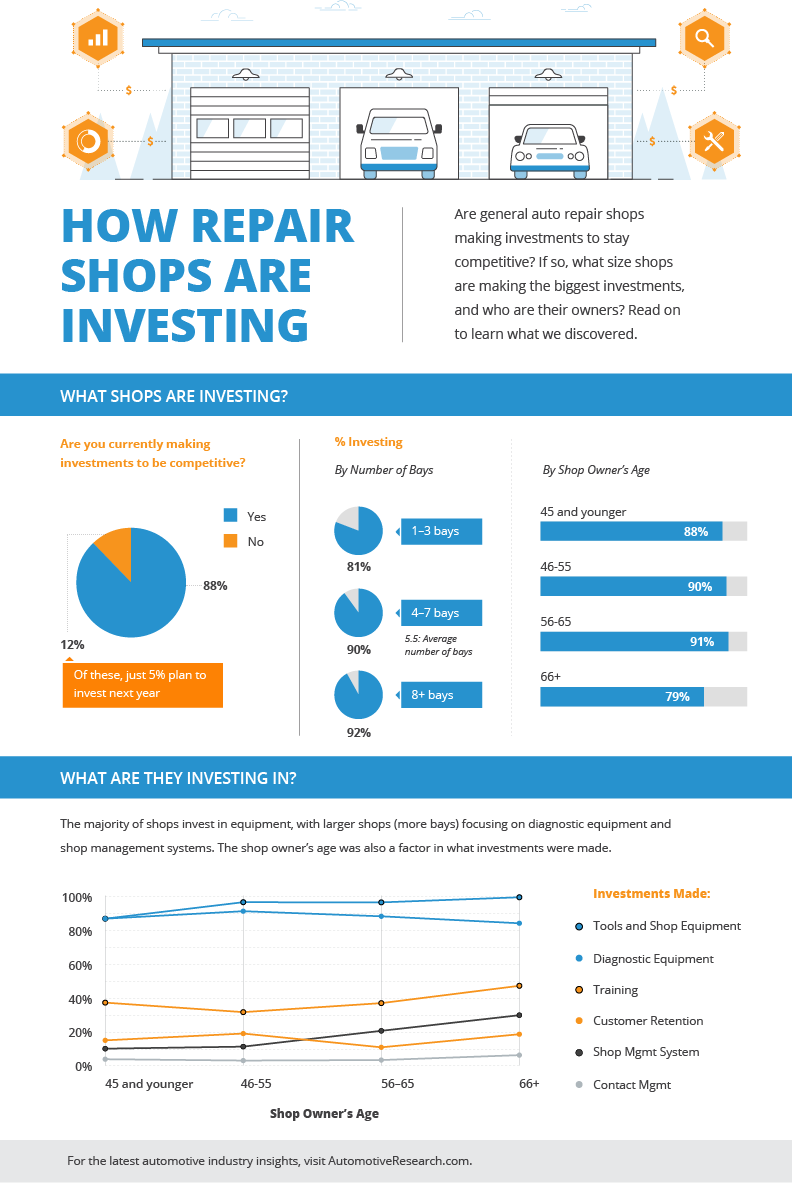Evaluating Your Auto'S Warning Indicators: What They Really Communicate
Evaluating Your Auto'S Warning Indicators: What They Really Communicate
Blog Article
Published By-Termansen Corbett
When you lag the wheel, those beautiful warning lights on your control panel can be a bit difficult. Do you understand what they're trying to inform you regarding your automobile's health? Recognizing the importance of these lights is crucial for your security and the long life of your automobile. So, the next time among those lights turns up, wouldn't you intend to understand its message accurately and take the required actions to resolve it?
Common Warning Lighting and Interpretations
Identify common caution lights in your vehicle and comprehend their significances to ensure safe driving.
One of the most common warning lights include the check engine light, which indicates issues with the engine or emissions system. If this light comes on, it's vital to have your car inspected quickly.
The oil pressure warning light indicates reduced oil pressure, requiring immediate attention to prevent engine damages.
A blinking battery light might suggest a faulty billing system, possibly leaving you stranded otherwise resolved.
The tire pressure tracking system (TPMS) light alerts you to low tire pressure, affecting car security and fuel performance. Disregarding this can result in unsafe driving conditions.
The ABS light shows an issue with the anti-lock stopping system, endangering your capacity to quit quickly in emergencies.
Lastly, the coolant temperature cautioning light warns of engine overheating, which can cause extreme damages otherwise resolved promptly.
Understanding these typical warning lights will certainly assist you address concerns promptly and preserve safe driving conditions.
Value of Prompt Focus
Understanding the usual warning lights in your car is only the initial step; the importance of quickly addressing these cautions can't be emphasized sufficient to guarantee your safety on the road.
When a warning light brightens on your dashboard, it's your car's means of connecting a possible issue that needs interest. Ignoring mouse click the up coming article can lead to extra severe problems down the road, jeopardizing your safety and security and potentially costing you much more in repairs.
Motivate interest to alerting lights can prevent malfunctions and mishaps. For simply click the following article , a blinking check engine light can show a misfire that, if left ignored, could trigger damage to the catalytic converter. Resolving this quickly can conserve you from a pricey repair service.
In a similar way, a brake system cautioning light might signify reduced brake fluid or worn brake pads, important components for your safety and security when driving.
DIY Troubleshooting Tips
If you discover a warning light on your control panel, there are a couple of do it yourself fixing suggestions you can attempt before seeking specialist help.
mouse click the next article is to consult your cars and truck's handbook to comprehend what the specific caution light indicates. Often the problem can be as basic as a loosened gas cap setting off the check engine light. Tightening up the gas cap may deal with the problem.
https://andresidwsl.worldblogged.com/35825048/do-it-yourself-vs-professional-vehicle-detailing-crucial-factors-to-consider-you-should-recognize is a reduced battery, which can set off different warning lights. Inspecting the battery links for rust and guaranteeing they're secure may deal with the issue.
If a caution light lingers, you can attempt resetting it by separating the vehicle's battery for a couple of minutes and after that reconnecting it. Additionally, inspecting your automobile's liquid degrees, such as oil, coolant, and brake liquid, can help troubleshoot alerting lights associated with these systems.
Final thought
Finally, recognizing your car's caution lights is crucial for keeping your lorry running smoothly and securely. By without delay attending to these notifies and knowing what they imply, you can stay clear of costly repairs and potential failures.
Bear in mind to consult your auto's manual for particular information on each advising light and take action accordingly to make sure a trouble-free driving experience.
Keep notified, stay safe when traveling!
